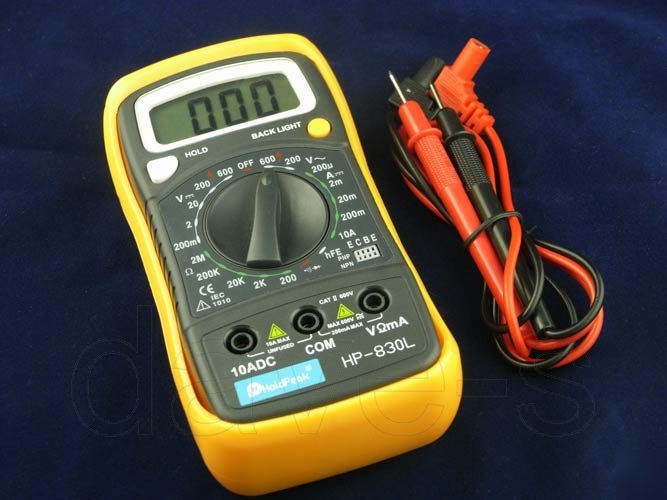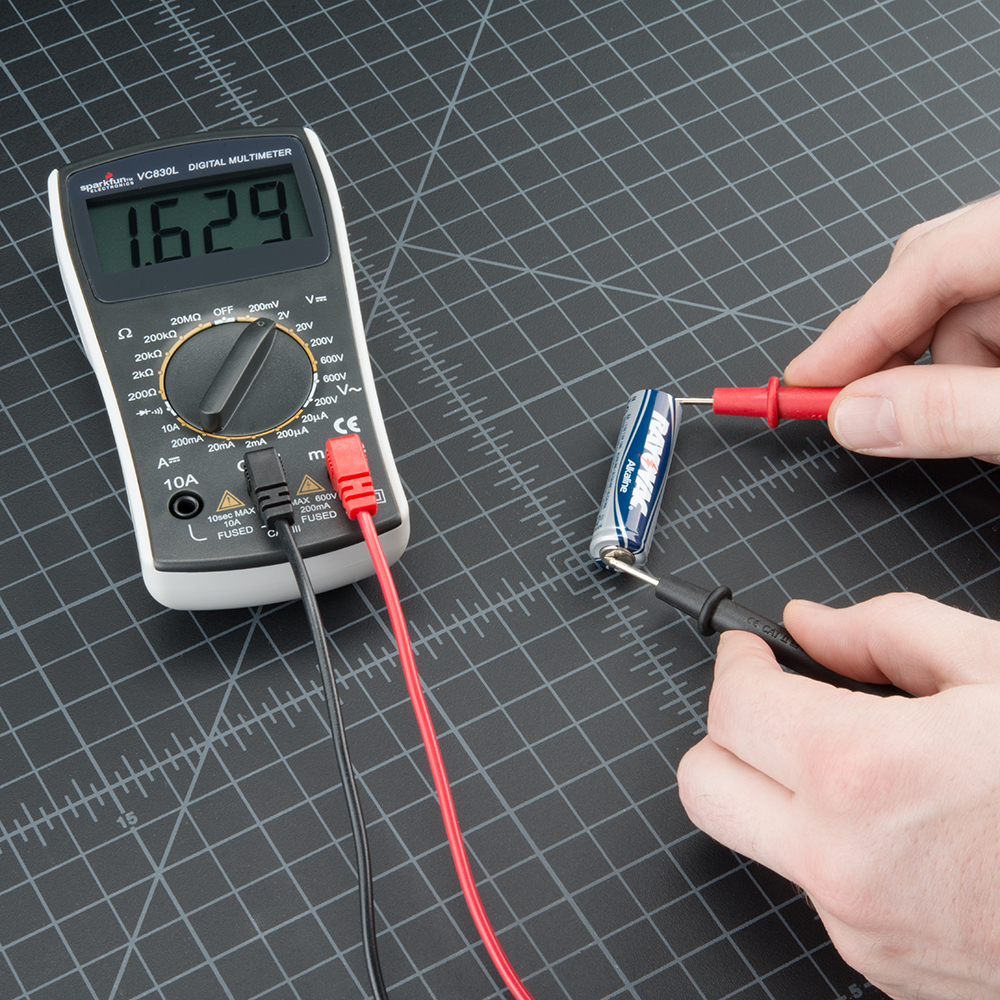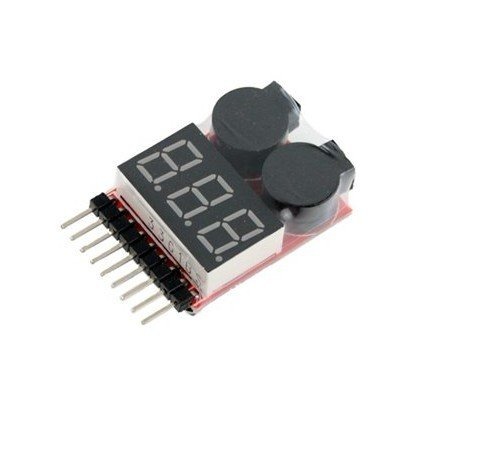

- #Test 1.5 volt battery with multimeter how to
- #Test 1.5 volt battery with multimeter full
- #Test 1.5 volt battery with multimeter series
Joules is a direct relationship, one Joule here equals one watt-second not watt-hour so to get your energy in joules you have to multiply your watt-hour in the figure by 3,600 because it’s 3,600 seconds in an hour. It might surprise you in fact, it might surprise you a lot now because we’re talking watt-hours watt out that’s energy so we can also talk joules as well. It is the capacity of those types of batteries and those battery technologies are rated in what hours per something, such as what hours per kilogram of battery material so just how much energy is in your humble AA battery or AAA battery. it’s also the way that they rate the different technologies alkaline, nickel-metal hydride, lithium-ion, lithium polymer all that sort of stuff.
#Test 1.5 volt battery with multimeter full
Somewhere they don’t take into account the full change in voltage usually anyway, so there’s not much difference but watt-hours is technically a better way to rate battery capacity. There’s not much difference in this term in this actual application because due to calculating the watt-hours, they just take a nominal voltage figure they don’t take into account they just choose a nominal figure in the middle of the curve in the figure. The old brick wall response no battery will even ever come close to giving you that it’ll have a characteristic curve which is this green line down here and we’ll start it’s a 1.5 it will drop fairly quickly it might flatten out and go or go a bit that will just drop it at the linear rate and then curve off right at the end, and that’s the true performance now as you’ll see with this laptop battery its capacity is rated in milliamp-hours and also in watt-hours as well. Then suddenly the battery dies and drops straight off that’s called a brick wall response. It will start at 1.5 volts and it will study at 1.5 volts for all the time that you are discharging powering your product. Now an ideal battery, in this case, is the one in red.


The battery voltage on the y-axis in Volt, in this case, is 1.5 volts, AA standard single-cell alkaline cell everyone’s familiar with versus time on the x-axis. No battery is perfect, now take the case of an ideal battery. The characteristic curves will all be different shapes, but they will all have a characteristic curve. Now there are lots of different batteries out there that have lots of other technologies in the curves. It all comes down to the discharge curve or the discharge characteristic curve of a battery. So measuring in milliamp-hours capacity, milliamp hours is only valid if you assume that the battery voltage is constant. What’s V times I Ohm’s law right, so it does not make any assumptions at all it’s the true capacity, and it’s the same thing for milliamp-hours up here if it’s specified if you have got a 1-watt hour battery, means it can deliver 1 watt for 1 hour or 0.1 watts for 10 hours and so forth, and once again, you can go higher than that an 11-hour battery you might be able to draw 2 watts for half an hour, but probably not it’s usually going to be less than that. Because you measure the true amount of energy in there because it takes into account the current and the voltage. same for milliamp-hours up here, now this is the only true way to measure the actual capacity of the battery. The second way to define battery capacity is in what’s called watt-hours or Wh, and you can get milli-1 hour and stuff like that as well.

It assumes that it ignores the voltage change in the battery, and it takes that you’ve got a constant current load and not all loads are like that which we’ll go into, the capacity let’s say the battery is rated for one air power here, that means it can deliver (one amp for one hour) or it can deliver 0.1 amps for 10 hours and so forth.Īs you go further and you drop in current, usually, that’s the upper limit so one amp-hour battery you might be able to draw two air pals from it but the performance capacity is going to be much less. This is not strictly the correct way to specify battery capacity because it makes some assumptions. There are two ways to specify it The first way and probably the most common is air powers or milliamp-hours that establish an H or mAH. Different Ways to calculate Battery’s Capacity The figure is very nominal it’s borderline, so what is the capacity? A battery can supply a constant current or a constant amount of energy into a load for a given amount of time, simple as that, so how do you characterise battery capacity? Well, you can do it in two different ways.
#Test 1.5 volt battery with multimeter series
The article describes capacity-hours, amp-hours, mAh, watt-hours, internal or series resistance, temperature effects, battery cutoff voltages, and characteristic curves of D/C batteries.
#Test 1.5 volt battery with multimeter how to
How to test Battery Capacity, Battery Amps-hours, mAh, Watt-hours?


 0 kommentar(er)
0 kommentar(er)
